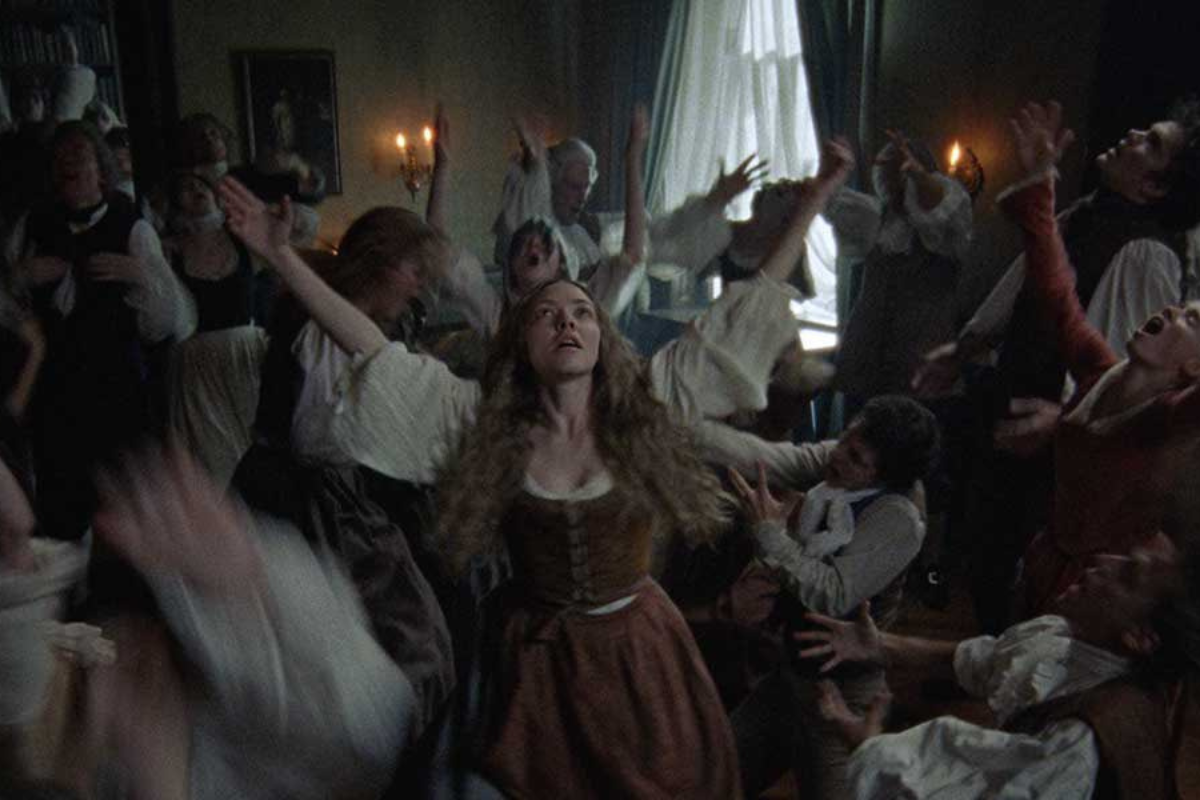Screenwriting Product Review: Final Draft 9 Screenwriting Software
Review: Final Draft 9 – The number-one selling screenwriting software in the world Perhaps no other form of writing straddles the fine line between mathematical precision of format and the…
Review: Final Draft 9 - The number-one selling screenwriting software in the world
- Pros: Final Draft 9 delivers several worthy improvements to the previous version’s core functionality, along with an elegant redesign of its story analysis tools.
- Cons: Technical support from Final Draft still costs $25 per phone call, although email and live-chat support are free. While live-chat support is usually helpful, it can be a cumbersome process to explain detailed technical issues over a chat box.
- Overall: While many of Final Draft 9’s enhancements to the previous version may seem minor, the whole is greater than the sum. Final Draft 9 improves functionality on the tools that screenwriters will find most valuable. It’s the best Final Draft to date.
Perhaps no other form of writing straddles the fine line between mathematical precision of format and the more creative fruits of free expression than screenwriting. Software designers are not wholly unaware of this struggle, and it seems that Final Draft, Inc., producers of the reigning standard in script-formatting software, have considered this. Released in January, Final Draft 9 offers a refined screenwriting experience that improves functionality of the features screenwriters will find most useful. This combined with its powerfully simple script analysis tools makes it the most polished, feature-rich version to date.
For those new to screenwriting, Final Draft is a word processor designed to format screenplays for movies and television. In recent versions, it also included additional templates for stage plays, manuscripts, graphic novels and studio-specific variations for film, television and theater. Originally introduced in 1991, the program is among the longest surviving script-formatting programs and is today, undeniably, the most popular. The term “Industry-standard” is often heard in the same sentence as Final Draft. For many Hollywood screenwriters, the program is a near permanent fixture on their screens.
At its core, Final Draft 9 does what the program was always designed to do: make formatting as seamless as possible, sparing the writer the arduous task of manually manipulating spacing and margins. This time around, Final Draft does it all with considerably more visual and functional panache. Full-screen mode has been added to the Macintosh version, along with Retina display compatibility. The Windows version sports an updated interface with more intuitive menus and buttons. Both versions have added the ability to color-code separate revised pages. No matter your operating system, across platforms, the visual nooks and crannies of Final Draft have improved dramatically.
Final Draft 9 is also peppered with varied features that define the core program from its predecessors. Final Draft 9 sports an upgraded spell-checker, the ability to trade out character names in a completed script, and can also highlight character dialogue for table reads and add watermarks for distributed scripts. These features together are more than simply singular updates to the program’s word processing abilities—they’re born out of a thoughtful assessment of how professional screenwriters use Final Draft. Above all, Final Draft 9 understands writers: it’s a program that has managed to distill its functionality to a core set of the most useful details.
One of Final Draft’s strengths has always been that it’s a program as simple or as complex as the user wants. Many a writer can simply indulge in the new visual and practical features of Final Draft 9, without ever diving into the program’s impressively detailed story tracking abilities. However, for writers that do want the chance to breakdown their plots and characters with an engineer’s precision, Final Draft 9 houses the most intuitive, powerful interface yet available in the series: the new “Navigator” interface.
What was simply the “Scene Navigator” in Final Draft 8, has been replaced by “The Navigator,” adding two very useful tools: a new ScriptNotes Navigator and Character Navigator. From one movable and resizable palette, you can now fully manage all the more empirical parameters of your story. Use the ScriptNotes Navigator to add notes, research, Internet links or any other supportive material, color-matched to flags that appear on the script’s pages—which themselves can be sorted into individual categories. This way, isolating research from character footnotes is as simple as sorting notes by flag color. Likewise, the SceneNavigator sorts by keyword and color-codes scenes, providing a way to break a script into arcs, sequences, acts, chapters—essentially whatever partition the writer desires.
New to Final Draft 9 is the Character Navigator, a feature powerful enough that many of its capabilities mimic entire programs devoted to story development. From the Character Navigator, you can map a character's beats from scene to scene and then isolate each character to visualize the flow of each individual arc.
But particularly impressive is Final Draft 9’s ability to actually make these features a natural part of the writing experience. Advanced controls for story organization are not an uncommon addition to script-formatting programs. It’s Final Draft 9’s presentation and execution of these features that stands out. By consolidating these tracking features into the Navigator interface, these tools are no longer relegated to live lonely lives as peripheral features only explored by the most determined of users. In Final Draft 9, they’re all part of the same family, working together to provide a powerful story map for each and every script.
Of course, the precise way a writer utilizes The Navigator will vary by habit and personality. For example, the Scene Navigator allows a writer to color-code each A, B and C arc in his script, scene by scene. That can then be matched with the Character Navigator’s ability to sort scenes by specific character arc. The result provides a detailed rundown and analysis of how much time and attention is paid to each storyline, all the while ensuring that characters progress fluidly through their own arcs and that beats are never forgotten. From there, scenes can be manipulated by the same index cards familiar to users of Final Draft 8.
While not all these features are brand new to Final Draft 9, they seem to be implemented in a way that brings story and character tracking out of the background minutiae, allowing users to plot their scripts without having to focus undue attention away from the pages themselves.
View a comparison chart of the upgrades in Final Draft 9 as well as a video demonstration.
At a Glance:
- Screenwriting software for script writing, including movie screenplays, TV scripts and stage plays
- Puts your words into screenplay format as you type
- Contains professional tools to help you learn how to write a screenplay
Top screenwriting and film publication, founded in 1989, published by Active Interest Media. Twitter: @scriptmag







